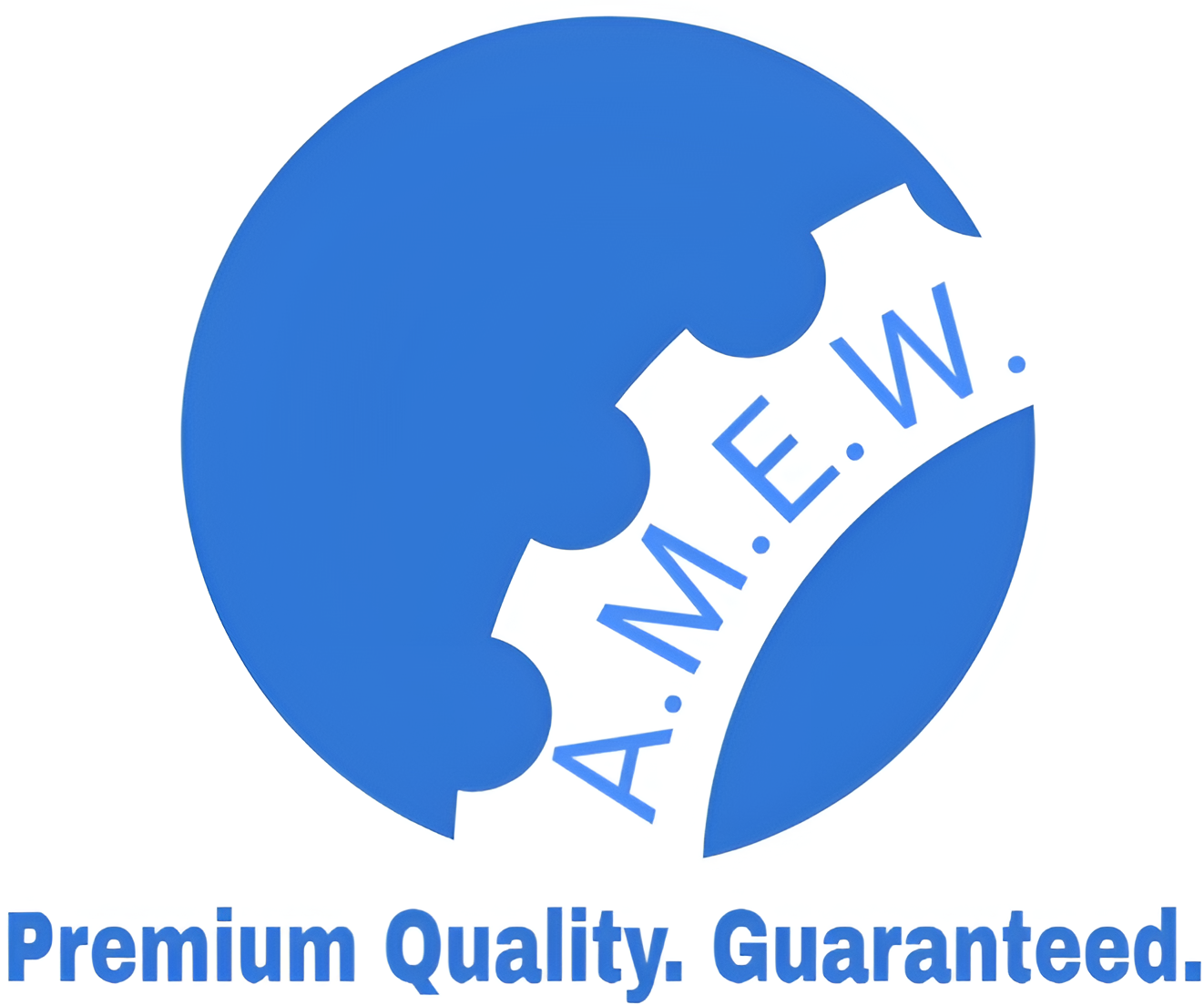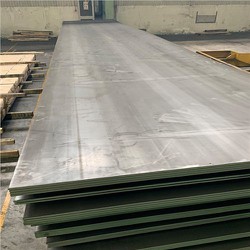Weathering Steel / Corten Equivalent
Table of Contents
Introduction to Weathering Steel
Chemical Composition
Mechanical Properties
Applications of Weathering Steel
Comparison with Other Grades
Corrosion Resistance
Welding and Fabrication
Conclusion
1. Introduction to Weathering Steel
Weathering steel, often referred to by its trademark name Corten steel, is a group of steel alloys designed to develop a stable rust-like appearance after exposure to the weather. This distinctive patina not only enhances the aesthetic appeal of structures but also provides excellent corrosion resistance. Weathering steel is particularly popular in outdoor applications, such as bridges, sculptures, and architectural facades, where both durability and visual impact are essential.
2. Chemical Composition
The unique properties of weathering steel arise from its specific chemical composition. Typical components include:
Carbon (C): ≤ 0.12%
Manganese (Mn): 0.20 – 1.50%
Phosphorus (P): ≤ 0.05%
Sulfur (S): ≤ 0.03%
Copper (Cu): 0.25 – 0.75%
Chromium (Cr): 0.40 – 1.25%
Nickel (Ni): ≤ 0.65%
Silicon (Si): 0.25 – 0.75%
Iron (Fe): Balance
This specific composition allows weathering steel to form a protective layer of oxide that acts as a barrier against further corrosion, making it suitable for various environmental conditions.
3. Mechanical Properties
Weathering steel is known for its impressive mechanical properties:
Property Value
Yield Strength (min) 355 MPa
Tensile Strength 480 – 620 MPa
Elongation (min) 21%
Impact Energy (at -20°C) 27 J (minimum)
These properties contribute to the material’s suitability for structural applications while maintaining a lightweight profile.
4. Applications of Weathering Steel
Weathering steel is extensively used across numerous industries due to its aesthetic and practical advantages. Typical applications include:
Bridges: Ideal for long-lasting bridge structures that require minimal maintenance.
Sculptures and Art Installations: Favored by artists for its distinctive appearance and durability.
Architectural Facades: Used in modern architecture to create visually appealing buildings with natural weathering.
Railway and Highway Infrastructure: Commonly utilized in railings, signals, and sound barriers.
Pipelines: Employed in the construction of pipelines that require resistance to harsh environments.
Outdoor Furniture: Increasingly popular for benches and tables in public spaces due to its rustic charm.
The versatility of weathering steel makes it an excellent choice for both functional and aesthetic applications.
5. Comparison with Other Grades
Weathering steel differs from conventional carbon steels and stainless steels in several ways. Here’s a brief comparison:
Steel Type Yield Strength Corrosion Resistance Typical Applications
Weathering Steel 355 MPa Excellent Bridges, sculptures, architectural elements
Mild Steel 250 MPa Poor General construction
Stainless Steel 480 MPa Very Good Food processing, chemical industries
Weathering steel is particularly advantageous for outdoor applications, where its natural rusting process enhances durability.
6. Corrosion Resistance
One of the standout features of weathering steel is its superior corrosion resistance. When exposed to atmospheric conditions, it develops a protective layer of rust that stabilizes and prevents further deterioration. Unlike conventional steel, which may continue to corrode over time, weathering steel’s patina acts as a barrier, making it particularly effective in environments subject to moisture and temperature fluctuations.
7. Welding and Fabrication
Welding weathering steel requires specific considerations to ensure integrity and performance. Common welding methods include:
MIG Welding
TIG Welding
Submerged Arc Welding
It’s essential to use filler materials that are compatible with the base metal to maintain corrosion resistance. Preheating and post-weld treatments are often recommended to prevent cracking and ensure a strong bond.





